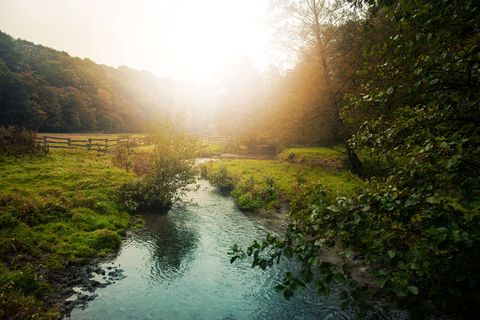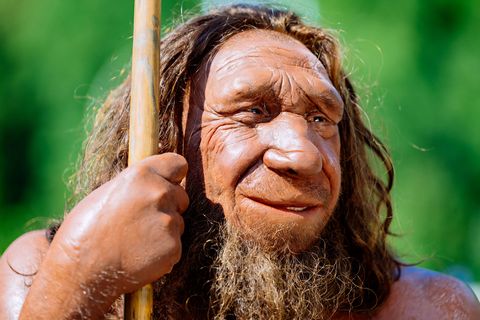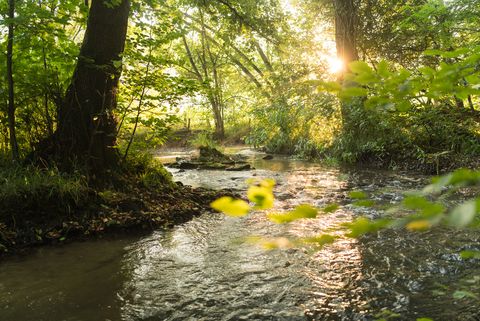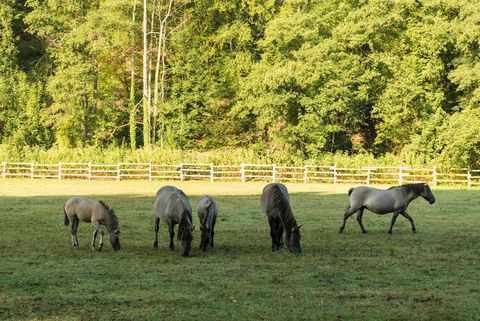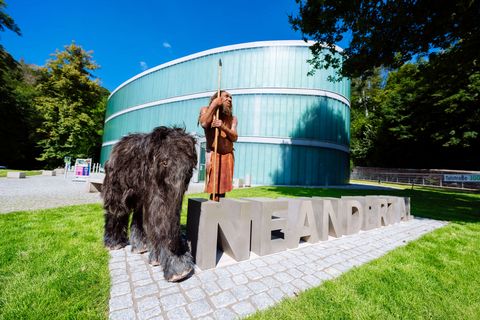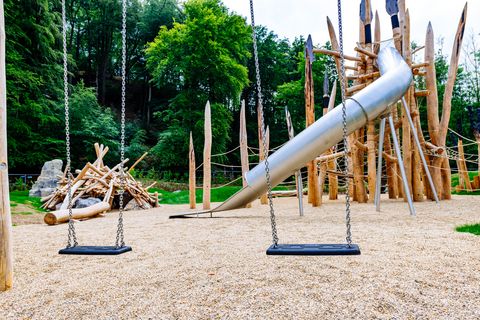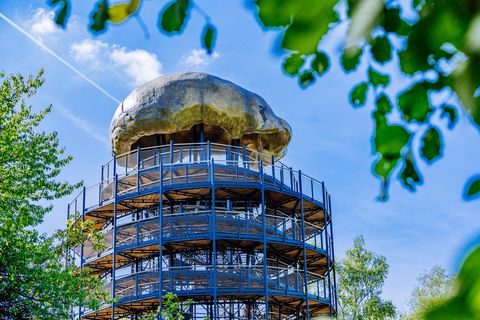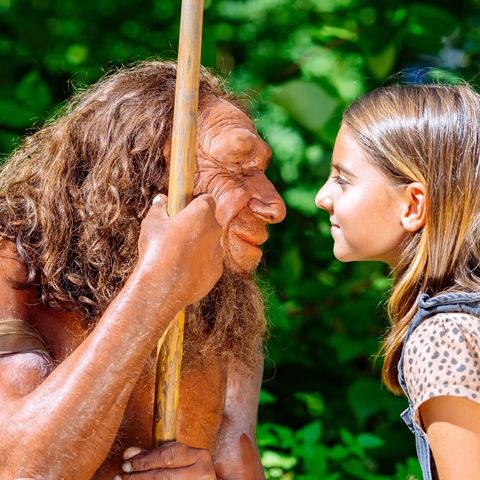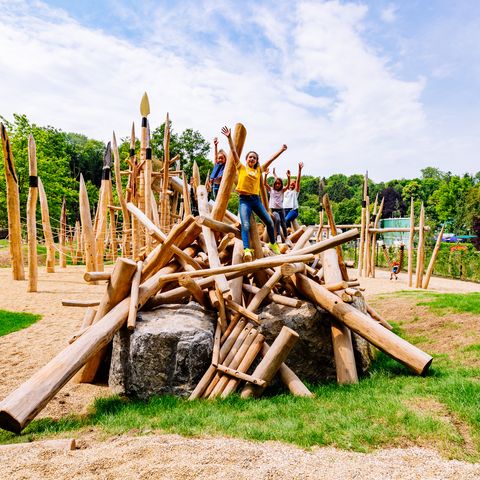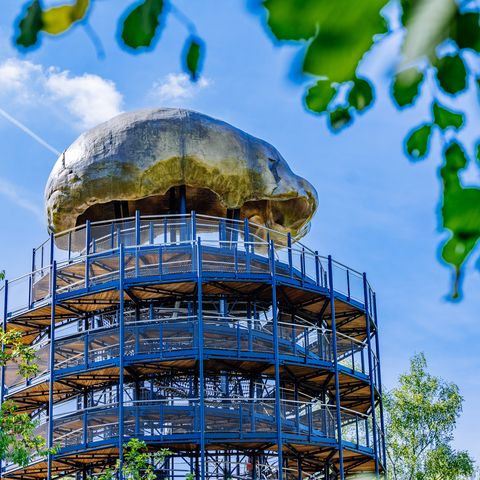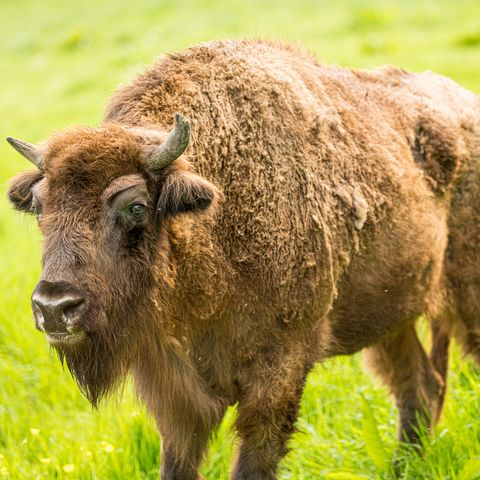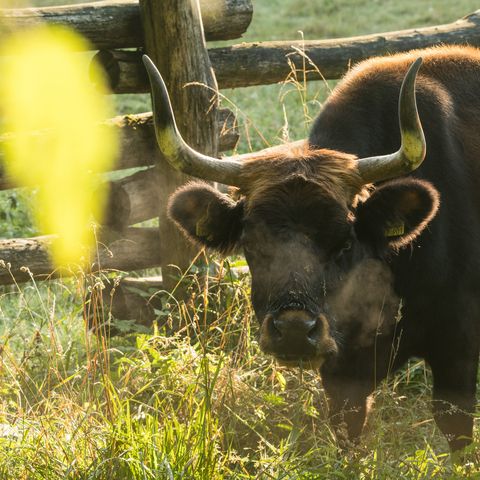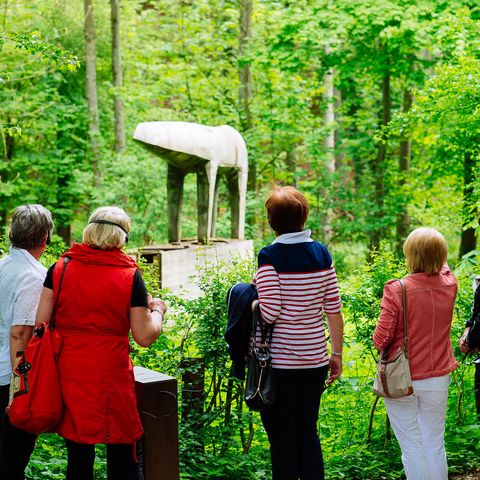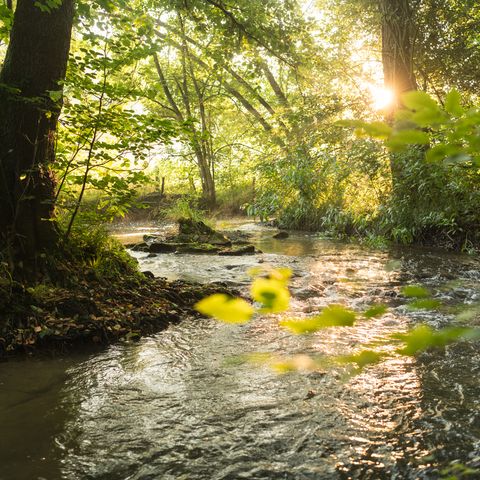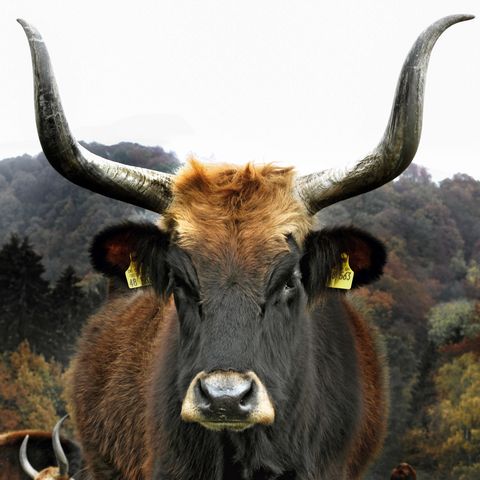The history of the Neanderthal
Home of the Neanderthals - from primeval times to the present day
Like only a few places in the world, the history of the Neandertal also marks the beginning of human history. The discovery of the first Neanderthal brought the valley to world fame and made it Germany's first nature reserve. In addition to one of the most modern museums in Europe and the multimedia tower Höhlenblick at the site where it was found, the Ice Age game reserve with aurochs, bison and other animals and the popular Stone Age playground provide a lasting impression of life in the Düssel valley more than 400.000 years ago. Every year, more than 160.000 people combine their visit to the Neanderthal Museum with long walks and hikes in the picturesque countryside.
